| The route from Los Angeles to
Death Valley takes one through some interesting terrain. Google
Maps plotted a route that went 263 miles or about 4 1/2 hours (longer
with stops along the way). One major town en route is Mojave,
which has a population of more than 4,200. There is a large area
where commercial airlines park their jets for storage in the
desert. Mojave is also
home to
the Mojave Air and Space Port, which bills itself as "the world's
premier flight test facility (+)." A Union
Pacific train line runs through Mojave, and giant wind generators fill
the skyline. In the
Randsburg area, shacks dot the hills like something out of a
movie; it is described as a living ghost town. The Wagon Wheel
OHV
(off-highway motor vehicle) Staging Area has distinctive groupings
of giant
boulders. In the Searles Valley one can see the Trona
Pinnacles, a geological feature, and the dry lake which feeds the big
Searles Valley Minerals plant. |
 |
Recent rains have added a carpet
of green to the desert floor on the road to Death Valley.
|
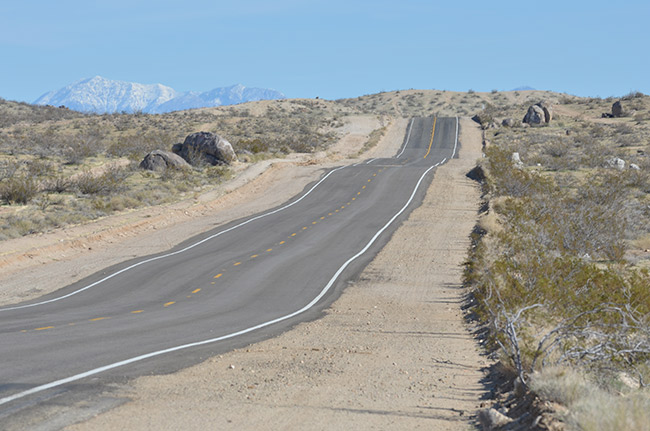 |
|
 |
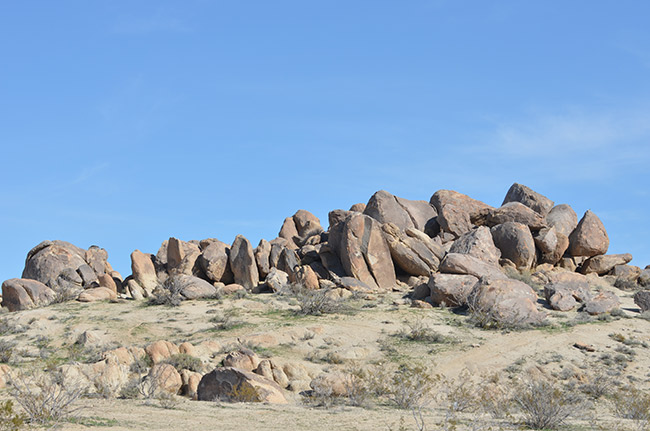
|
Wagon Wheel OHV
Staging Area, administered by the Bureau of Land Management.
|
 |
Rock formation near Wagon Wheel
OHV.
|
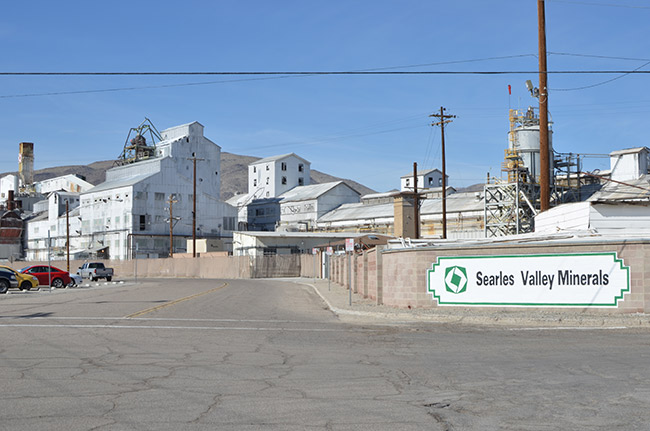 |
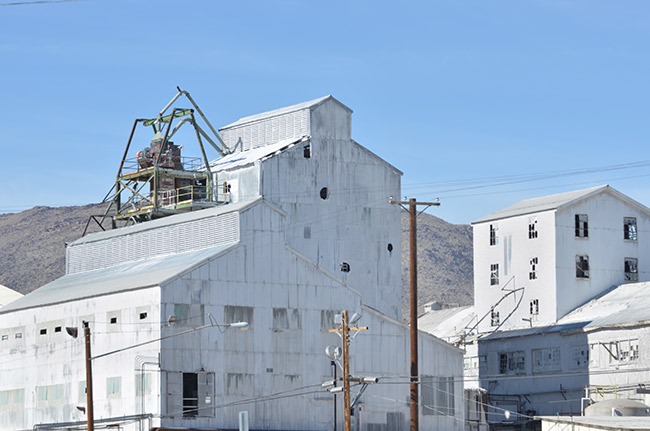 |

|
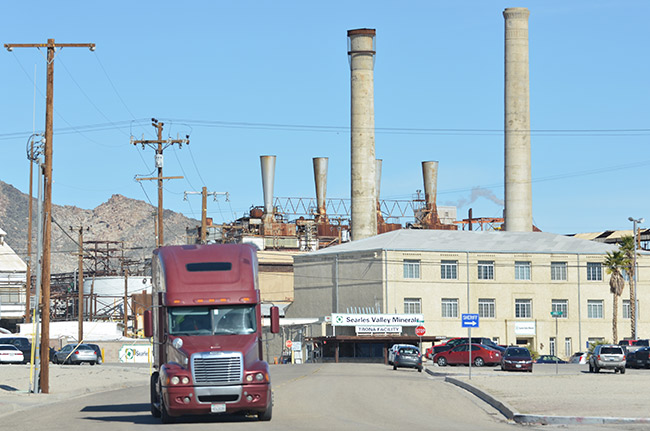 |
 |
Searles Valley Minerals
has a
long and interesting history. Since 2007 it has been owned by
Nirma Ltd., a public company in India. Facilities produce borax,
boric acid, soda ash and sodium sulfate. The Searles Valley
Historical Society operates a museum in Trona which is worth a
stop.
Searles Lake Gem and Mineral Society runs an annual Gem-O-Rama
event in October which draws big crowds.
|
|
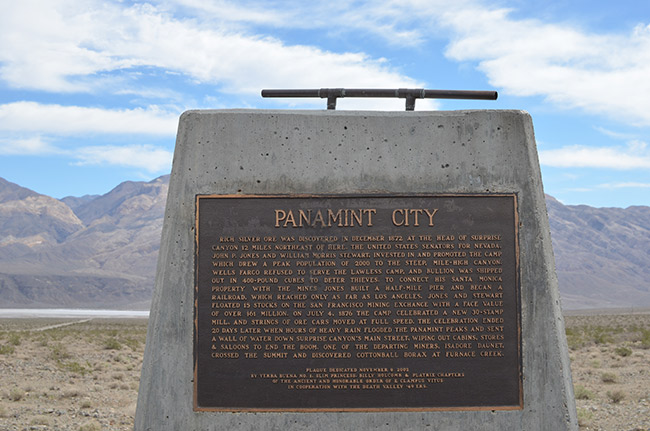 |
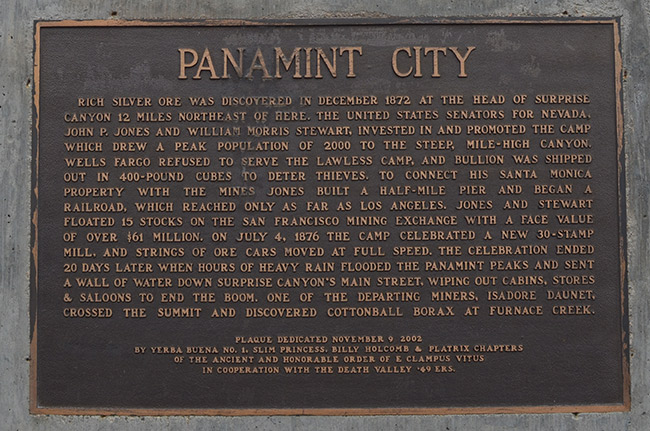 |
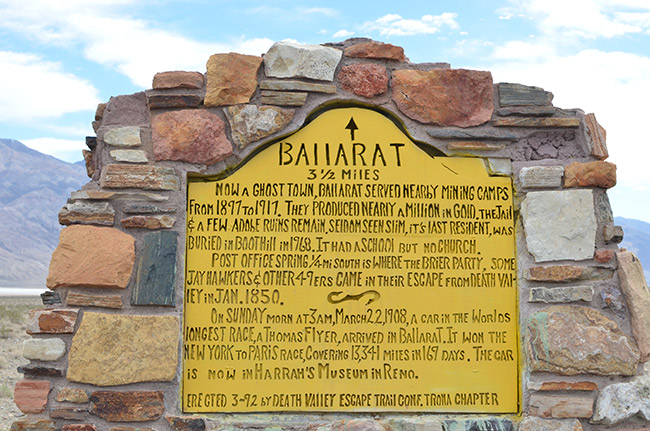 |
In contrast to Trona, other
mining ventures have long since ceased operations.
|
|
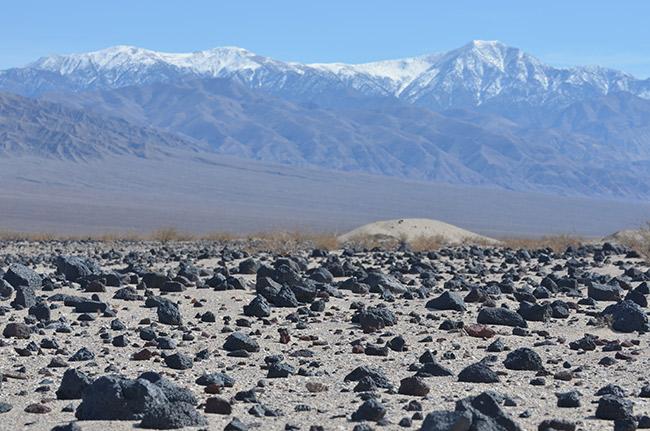 |
| Not yet in the Park, but getting
close. |
 |
















